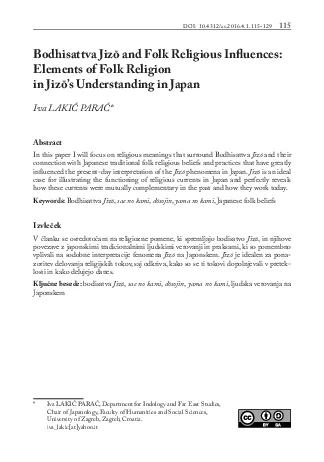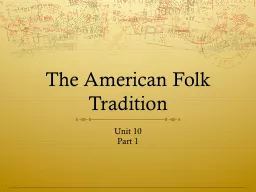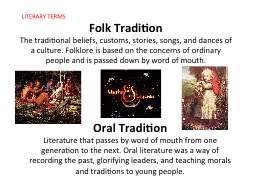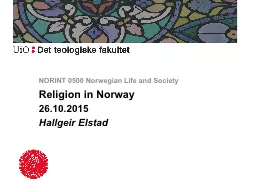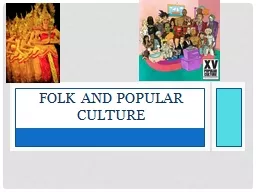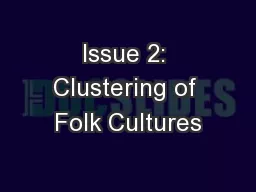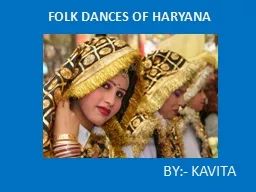PDF-DOI 104312as201641115129Bodhisattva Jiz25 and Folk Religious In28uen
Author : bella | Published Date : 2021-08-10
115Iva LAKI25 PARA25 Department for Indology and Far East Studies Chair of Japanology Faculty of Humanities and Social Sciences University of Zagreb Zagreb Croatia
Presentation Embed Code
Download Presentation
Download Presentation The PPT/PDF document "DOI 104312as201641115129Bodhisattva Jiz2..." is the property of its rightful owner. Permission is granted to download and print the materials on this website for personal, non-commercial use only, and to display it on your personal computer provided you do not modify the materials and that you retain all copyright notices contained in the materials. By downloading content from our website, you accept the terms of this agreement.
DOI 104312as201641115129Bodhisattva Jiz25 and Folk Religious In28uen: Transcript
Download Rules Of Document
"DOI 104312as201641115129Bodhisattva Jiz25 and Folk Religious In28uen"The content belongs to its owner. You may download and print it for personal use, without modification, and keep all copyright notices. By downloading, you agree to these terms.
Related Documents

